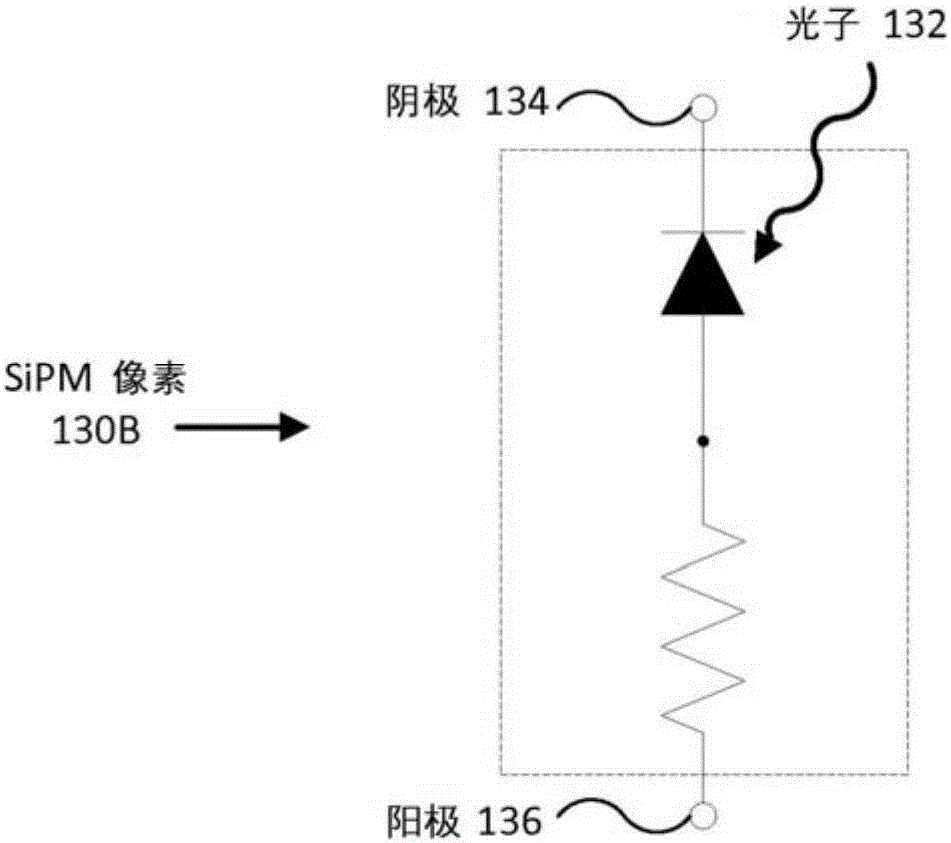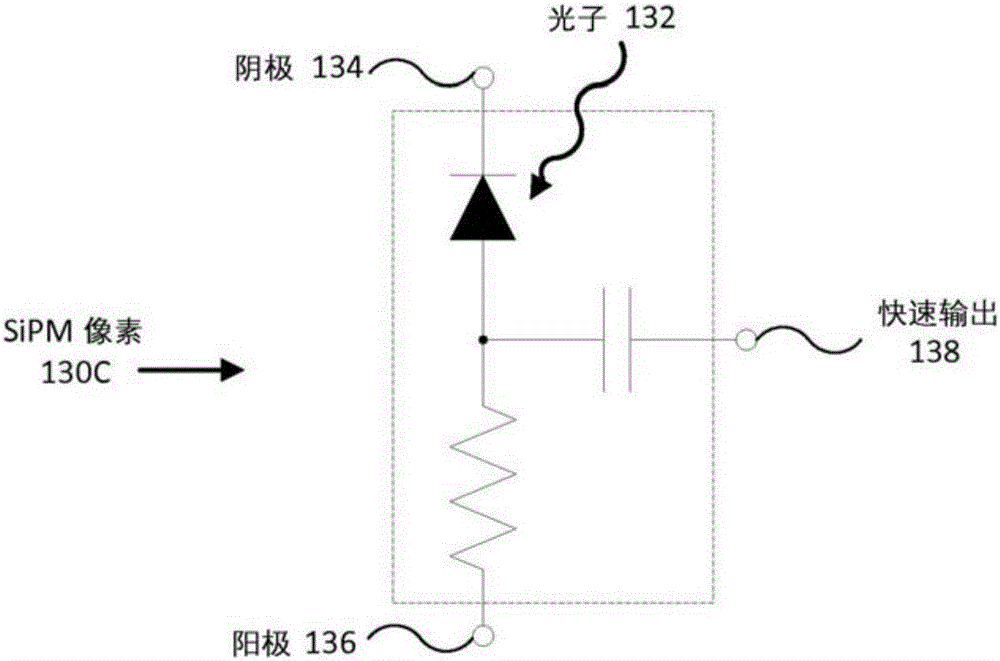SiPM-BASED RADIATION DETECTION SYSTEMS AND METHODS
A detector and signal detection technology, which is applied in the field of radiation detection systems, can solve the problems of reduced sensitivity, large scale, and high manufacturing costs
- Summary
- Abstract
- Description
- Claims
- Application Information
AI Technical Summary
Problems solved by technology
Method used
Image
Examples
Embodiment Construction
[0044] At the heart of various embodiments of the present disclosure is a recently available integrated circuit that applies the breakdown phenomenon to pixelated silicon wafers, enabling the signals from the pixels to be combined and form a silicon photomultiplier (SiPM). With the advancement of mass-produced silicon to be sensitive to blue wavelengths emitted by ubiquitous sodium iodide (NaI(Tl)) detectors, SiPMs can now be applied to radiation at a greatly reduced product cost compared to conventional PMTs. detection field.
[0045] Embodiments described herein are based on the recent availability of silicon photonic readout circuits that offer comparable gain to conventional PMTs, similar sensitivity to blue wavelengths (quantum efficiency), and are less susceptible to mechanical shock or magnetic interference. Monolithic silicon design, low voltage operation (24.5V-32V), and it can be assembled in ambient light without photocathode degradation.
[0046] The most basic em...
PUM
 Login to View More
Login to View More Abstract
Description
Claims
Application Information
 Login to View More
Login to View More - R&D
- Intellectual Property
- Life Sciences
- Materials
- Tech Scout
- Unparalleled Data Quality
- Higher Quality Content
- 60% Fewer Hallucinations
Browse by: Latest US Patents, China's latest patents, Technical Efficacy Thesaurus, Application Domain, Technology Topic, Popular Technical Reports.
© 2025 PatSnap. All rights reserved.Legal|Privacy policy|Modern Slavery Act Transparency Statement|Sitemap|About US| Contact US: help@patsnap.com



